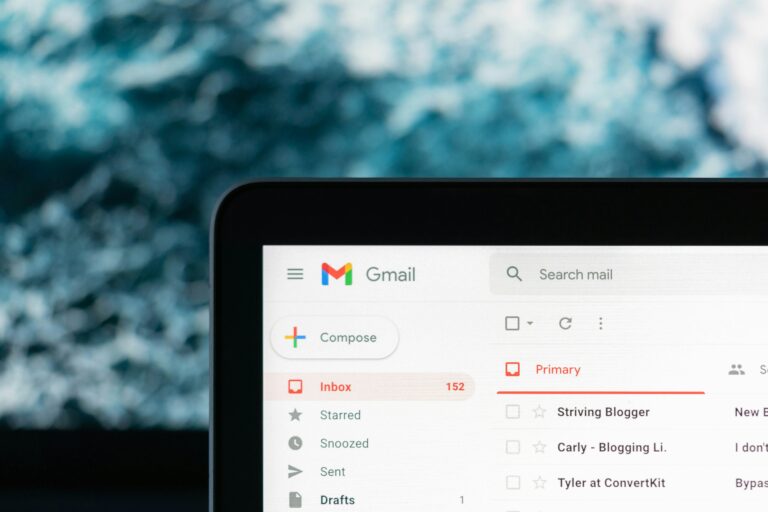Cold emailing remains a cornerstone of modern B2B communication, serving as a direct line to potential clients and partners without prior engagement. While cold emailing can seem daunting due to its unsolicited nature, effective campaigns hinge on understanding and optimizing specific key performance indicators (KPIs). Let’s dive deep into the metrics that spell success for cold email campaigns, ensuring your outreach not only reaches inboxes but also resonates with recipients.
Understanding Volume and Reach
The Importance of Email Volume in Cold Campaigns
Starting with the basics, volume plays a crucial role in the success of cold email campaigns. According to experts like Alex Formosi, engaging with at least 100 unique individuals daily sets a foundation for meaningful outreach. This number ensures a wide net is cast, increasing the likelihood of reaching potential clients who show genuine interest.
Calculating Daily Email Sends
For an effective campaign, consider the total number of emails sent daily. An optimal range might be between 750 to 1,500 emails. This count includes follow-ups, crucial for maintaining contact and increasing engagement rates. For instance, if targeting 300 unique contacts daily with four emails each over 22 working days a month, you would send approximately 1,200 emails per day.
Email Open Rates
Achieving and Sustaining High Open Rates
A 50% open rate is a robust target, indicating that half of your emails successfully capture attention. Achieving this involves two critical factors: email deliverability and engaging content. Using reputable email services like Outlook or Google Workspace can enhance deliverability by avoiding spam filters.
Crafting Compelling Subject Lines
The subject line is your first impression. It should spark curiosity without sounding salesy. Phrases that mimic casual or professional familiarity can make emails feel more personalized and less like a cold pitch.
Response Rates and Engagement
Cultivating Positive Replies
While general reply rates in cold email campaigns might hover between 3% to 5%, aiming for a 1% positive response rate is more indicative of interest. Positive responses show that recipients are not just replying but are interested in what you have to offer.
Strategies to Increase Engagement
Personalizing emails to address specific recipient needs or interests can significantly boost engagement. Including soft, inviting language and avoiding aggressive sales tactics encourages recipients to respond favorably.
Conversion Metrics
From Replies to Booked Meetings
After achieving positive replies, the next goal is converting these into actual meetings. A successful conversion rate ranges from 30% to 50%. This means that for every ten positive responses, three to five should result in booked meetings.
Enhancing Show Rates and Closing Deals
Aiming for a 70% show-up rate to scheduled meetings accounts for unavoidable cancellations and reschedules. Of those attending, closing deals at a rate of 35% should be the target, ensuring a solid return on investment (ROI) from your cold email efforts.
FAQs
How can I improve my cold email deliverability?
- Ensure using trusted email providers and avoid trigger words that might flag spam filters. Regularly update your email list to include only active and relevant contacts.
What are effective follow-up strategies in cold emailing?
- Schedule follow-up emails that add value, such as sharing industry insights or resources related to the recipient’s interests, without being pushy.
How do I write a subject line that increases open rates?
- Use questions or intriguing statements that relate directly to the recipient’s industry challenges or pain points.
What is a good reply rate for cold emails?
- While average reply rates can vary, aiming for at least a 1% positive reply rate is a healthy target for most industries.
How can I convert positive replies into actual sales?
- Build rapport and trust through continued engagement, demonstrate clear value, and be responsive to prospect needs and concerns.
Conclusion
Mastering KPIs for cold email is not just about sending emails; it’s about crafting a strategy that engages, persuades, and converts. By focusing on detailed metrics, from open rates to closing ratios, marketers can refine their approaches, enhance engagement, and ultimately drive meaningful business outcomes. Understanding these metrics provides the tools needed to transform cold contacts into warm leads and satisfied customers, ensuring that every email sent is a step toward success.






